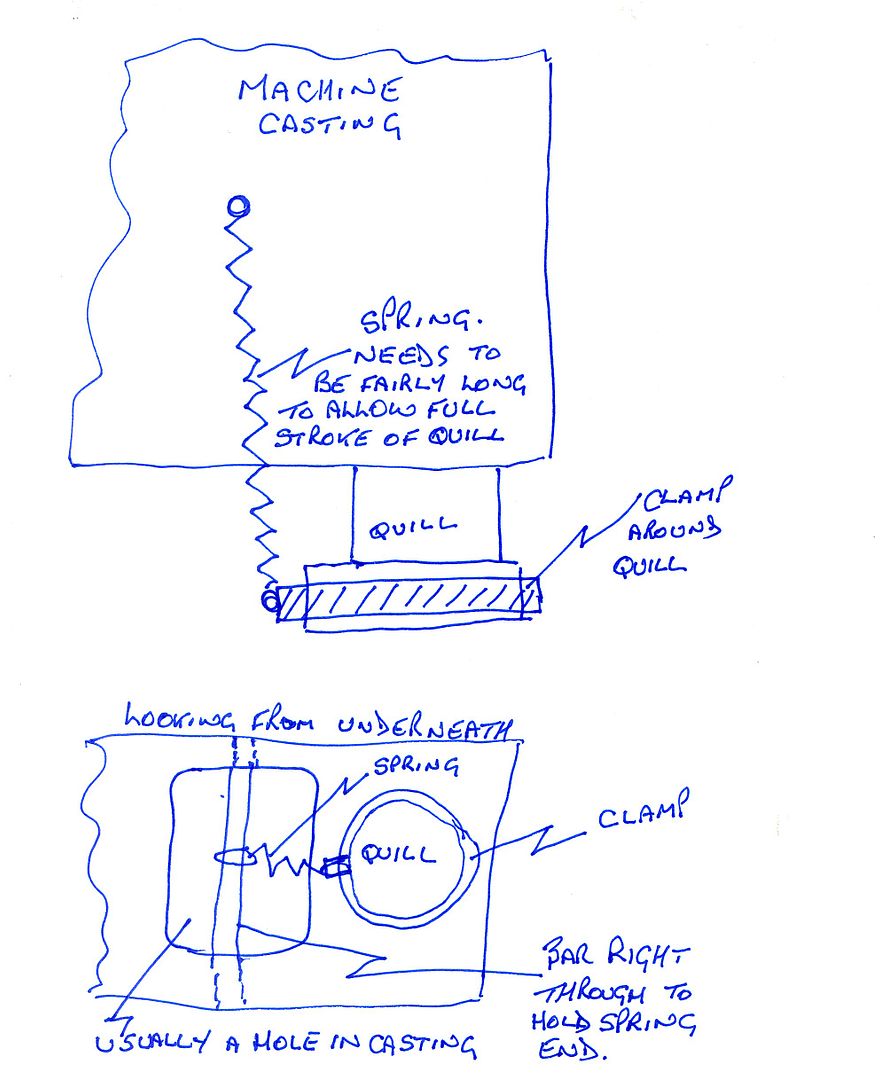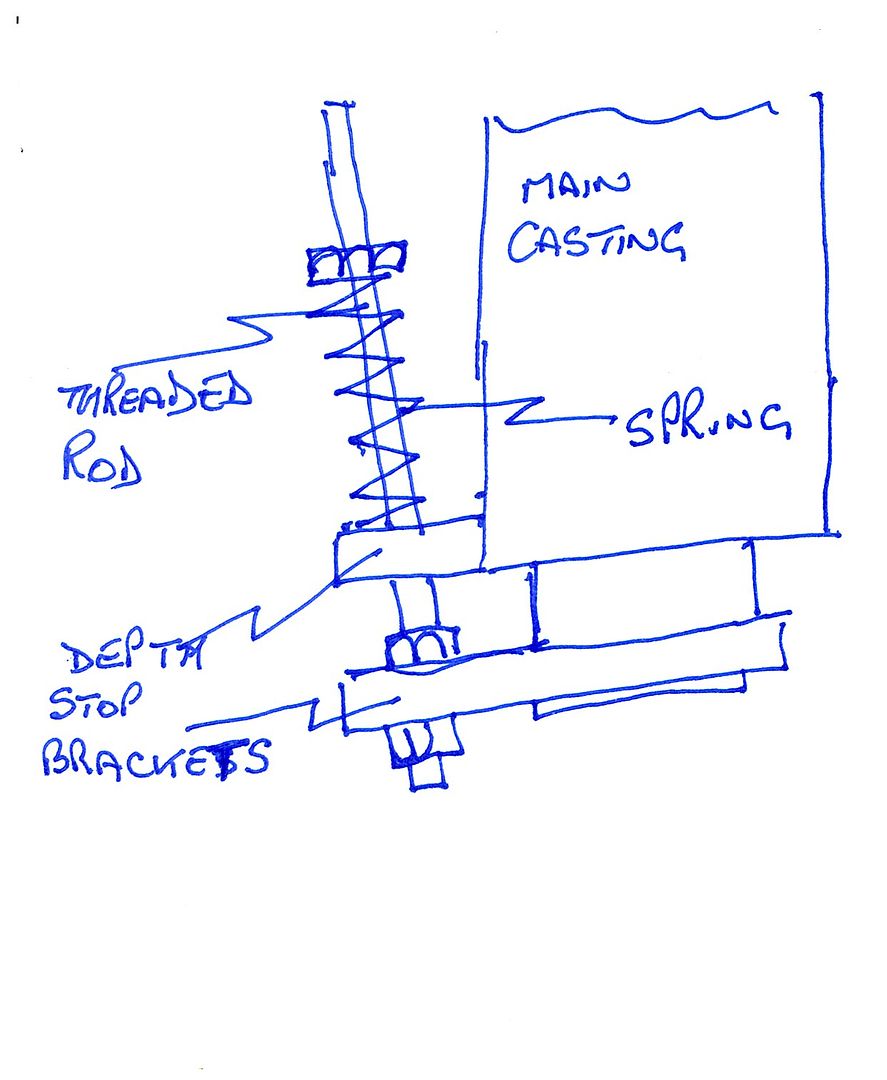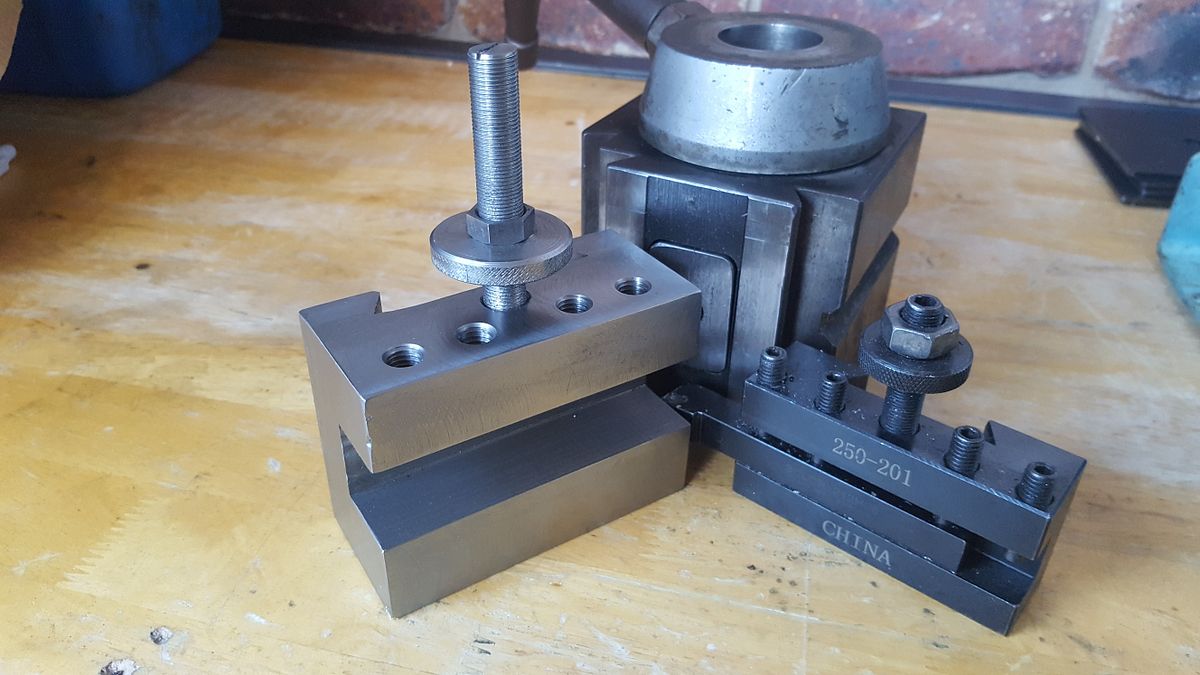Greetings,
I'm just getting to know my Smithy 3in1 (Midas 1220XL LTD). I've worked most of the bugs out of the machine. I see some more improvements that I'll make, but over all I'm not disappointed with the machine. Except, I am thoroughly disappointed with the quill feed. As it stands, there is no accurate way to drop the quill a predictable amount. One notch on the dial (I haven't calculate it exactly) is a whole bunch. Have any of you owners improved on this?
Russ
I'm just getting to know my Smithy 3in1 (Midas 1220XL LTD). I've worked most of the bugs out of the machine. I see some more improvements that I'll make, but over all I'm not disappointed with the machine. Except, I am thoroughly disappointed with the quill feed. As it stands, there is no accurate way to drop the quill a predictable amount. One notch on the dial (I haven't calculate it exactly) is a whole bunch. Have any of you owners improved on this?
Russ













![DreamPlan Home Design and Landscaping Software Free for Windows [PC Download]](https://m.media-amazon.com/images/I/51kvZH2dVLL._SL500_.jpg)


















![MeshMagic 3D Free 3D Modeling Software [Download]](https://m.media-amazon.com/images/I/B1U+p8ewjGS._SL500_.png)















![TurboCAD 2020 Designer [PC Download]](https://m.media-amazon.com/images/I/51UKfAHH1LL._SL500_.jpg)





















